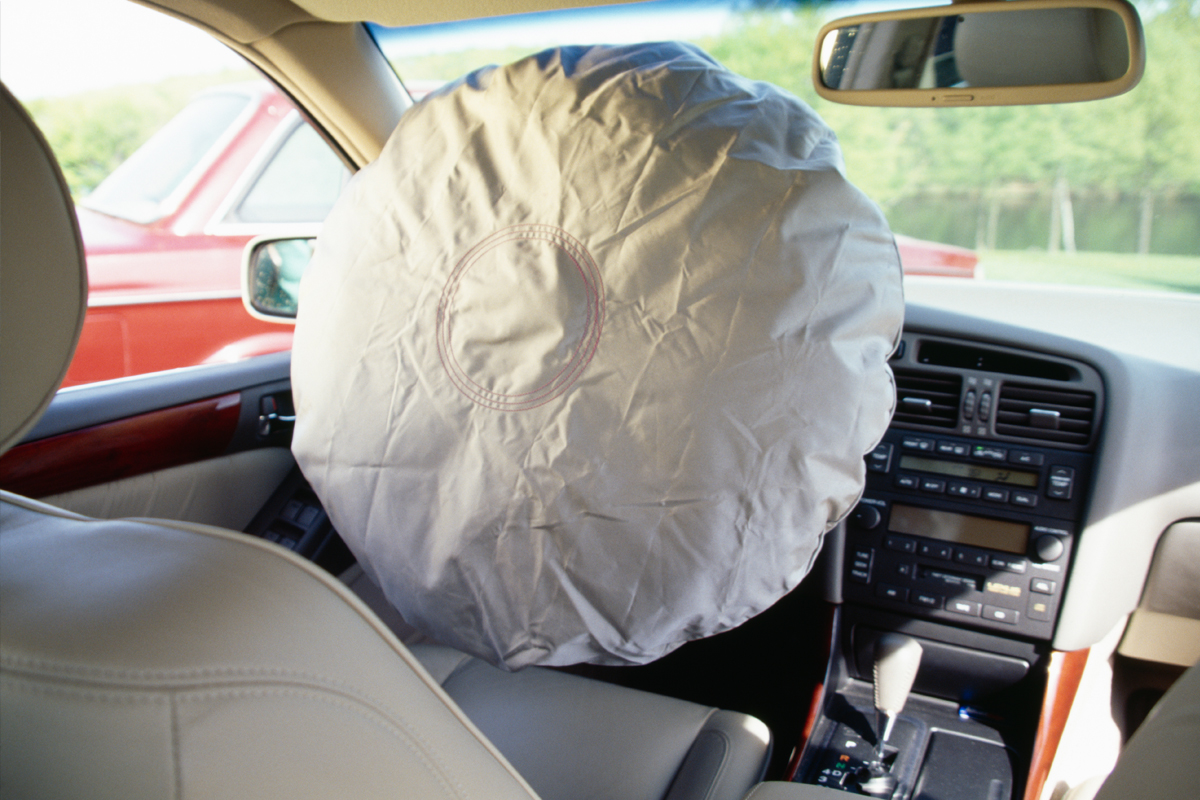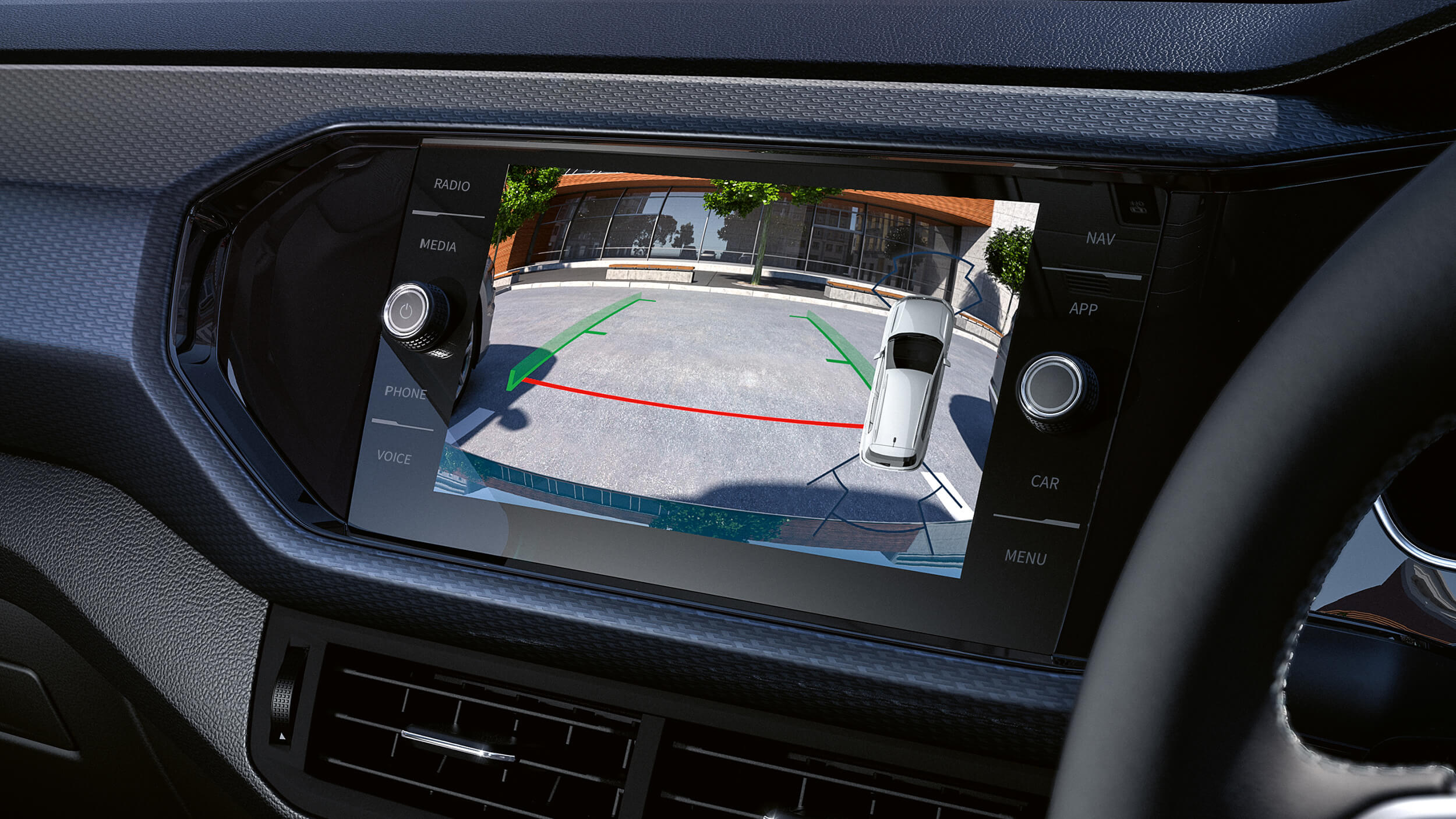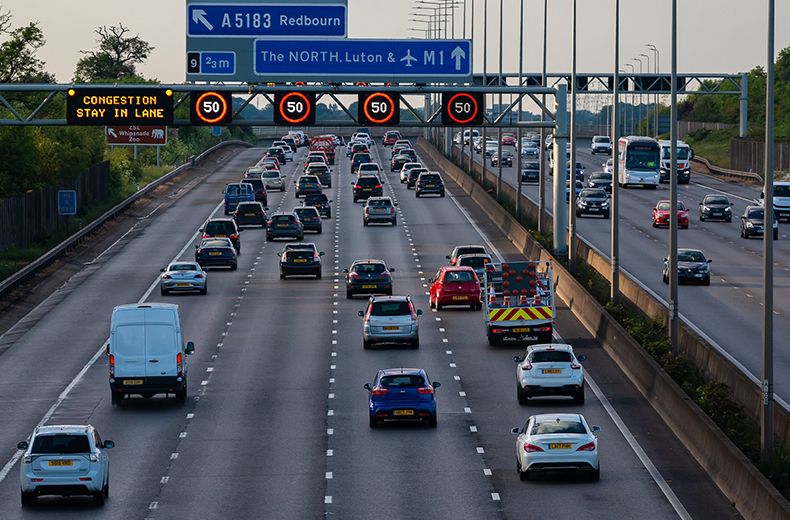Vehicle safety has changed drastically over the years, and today newer cars are safer than ever before. Thanks to advanced engineering, in-depth research and analysis of crash data, newer vehicles are built better and have more safety features to protect you. Advanced technologies that have emerged in recent years give you even more safety options — you can choose what features are best to keep you and your family safe on the road. Our dent repair and van body repair experts at our vehicle accident repair centre have revealed some overall vehicle safety improvements that have made cars safer over the decades…
Equipment and technology
Seat belts
Most standard equipment in cars today wasn’t even an option decades ago. Our dent repair experts know that depending on your age, you may remember when cars didn’t have seat belts, or when the belt just went over your lap. Now, the three-point seat belt, which restrains occupants across both their lap and shoulder, is standard in all vehicles. The advanced three-point restraint system includes a pretensioner that pulls the seat belt tight and prevents excess slack during a crash, which saves hundreds of thousands of lives.
Air bags
Air bags have come a long way since the first one was invented in the 1950s. Though early air bags saved lives, they had to be reengineered so the air bag itself did not injure or kill someone when it deployed, especially children. Air bag placement in vehicles has also changed to protect occupants more efficiently. Frontal air bags were widely adopted by 1987 and have since saved more than 50,000 lives. Now, many car manufacturers offer side air bags, or side curtain air bags, as standard or optional equipment.

Electronic stability control
Our van body repair and vehicle accident repair experts understand that losing control of your vehicle is never a good thing, but vehicle safety systems are in place to help you if you are in that situation. For example, electronic stability control aims to reduce spin-outs and plow-outs. Electronic stability control systems use automatic computer-controlled braking of wheels to assist you in maintaining control if you begin to lose control of your vehicle.
Rearview camera
A rearview video system, also known as a backup camera, aims to help prevent backover crashes by showing objects that are directly behind your vehicle, and if an object may be coming into your vehicle’s path. Originally, the issue with backover crashes was thought to be the inability to see directly behind you, but further investigation showed a high number of incidents happened because a person was coming into the vehicle’s path from a side. Now, rearview video systems, a required safety technology on all new cars since May 1, 2018, show a wider view.

Blind spot detection
In response to crashes where drivers did not see what was next to them because of a blind spot, blind spot detection was developed. It uses either digital cameras or sensors to monitor if a vehicle is in an adjacent lane. The system, which is offered as standard or optional equipment on many new cars, sends a warning to the driver that it may be unsafe to merge or change lanes.
Driver assistance
Our van body repair and vehicle accident repair specialists know that one day, Automated Driving Systems could potentially handle the whole task of driving. As we head down the road to full automation, there has been a lot of development in Level 1 and Level 2 automation: driver assistance. This is where a vehicle is controlled by the driver, but there are some driving assistance options like forward collision warning, automatic emergency braking, lane departure warning, and adaptive cruise control. The continuing evolution of automotive safety aims to save more lives and prevent injuries on America’s roads.
Lives saved
The average vehicle on the road in 2012 would have an estimated 56% lower fatality risk for its occupants than the average vehicle on the road in the late 1950s. NHTSA estimates that vehicle safety developments helped raise the annual number of lives saved from 115 in 1960 to 27,621 in 2012. Cumulatively, these improved safety technologies saved over 600,000 lives between 1960 and 2012.

Use Jenkins & Pain, Award-Winning Express Repairs Centre
There you have it, if you do find yourself needing commercial vehicle repair, plasti dip, alloy wheel repair or steering geometry repair and need a car repair or van body repair you can count on us to complete all jobs using industry-standard processes at our express repairs centre. Our vehicle body shop repair centre offers free quotes and with our exclusive repair service, we are sure you will be happy with the results. Contact our Vehicle Body Shop today. Jenkins & Pain are a vehicle accident repair centre based in Dover, Kent. We are proud to call ourselves an award-winning accident repair centre. Check out our guide on how to look after your alloys!
Ready to Visit Our Vehicle Body Shop?
We understand how costly and inconvenient it is for a vehicle to be off the road and, therefore, we use processes that ensure your vehicle is repaired quickly and efficiently. So, whether you need minor scratch repairs, major body repair, our van body shop and car body shop can guarantee a high-quality service. We also repair light commercial vehicles and motorhomes. Contact us today for a paint repair at our Car Body Shop!


